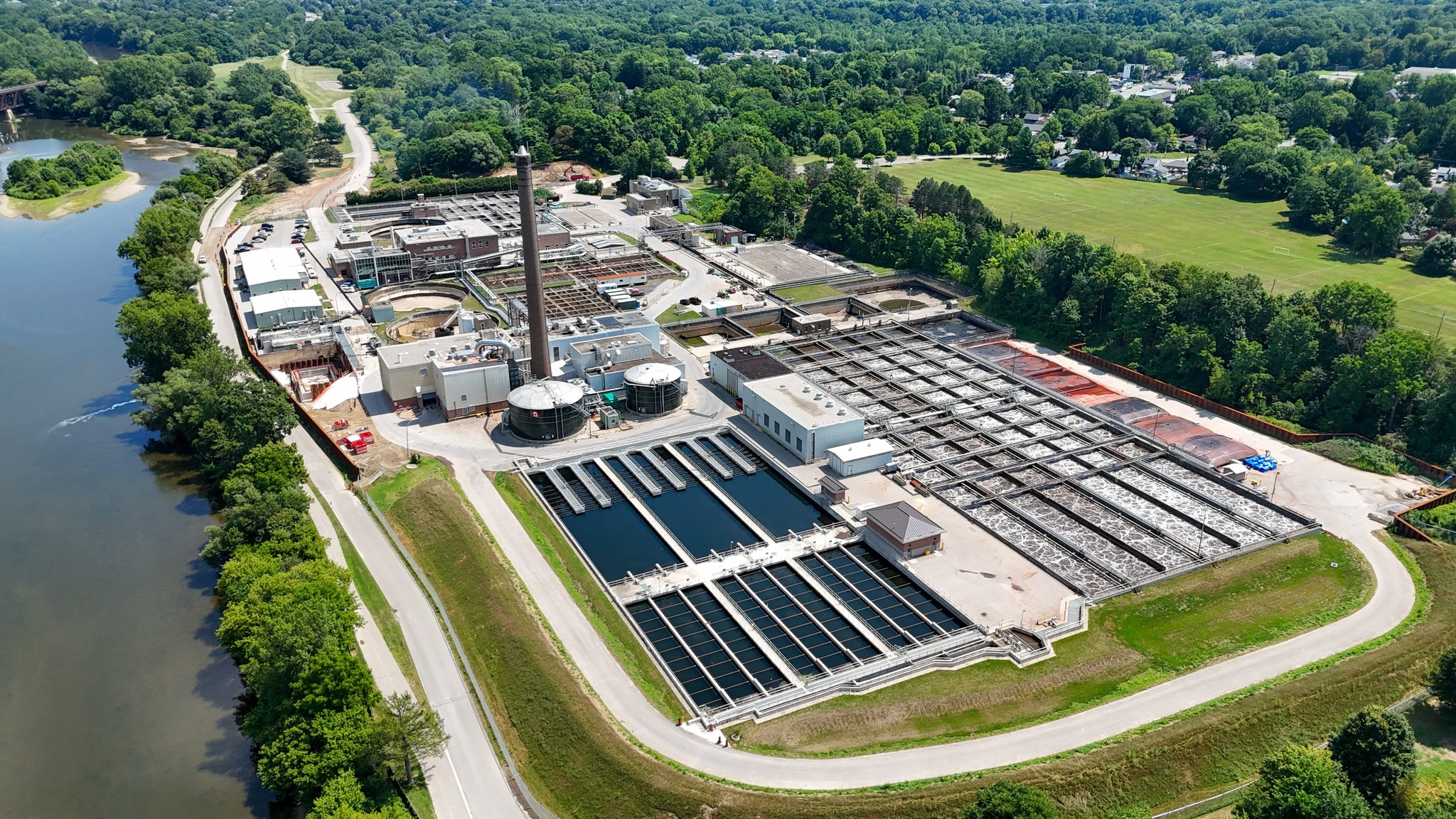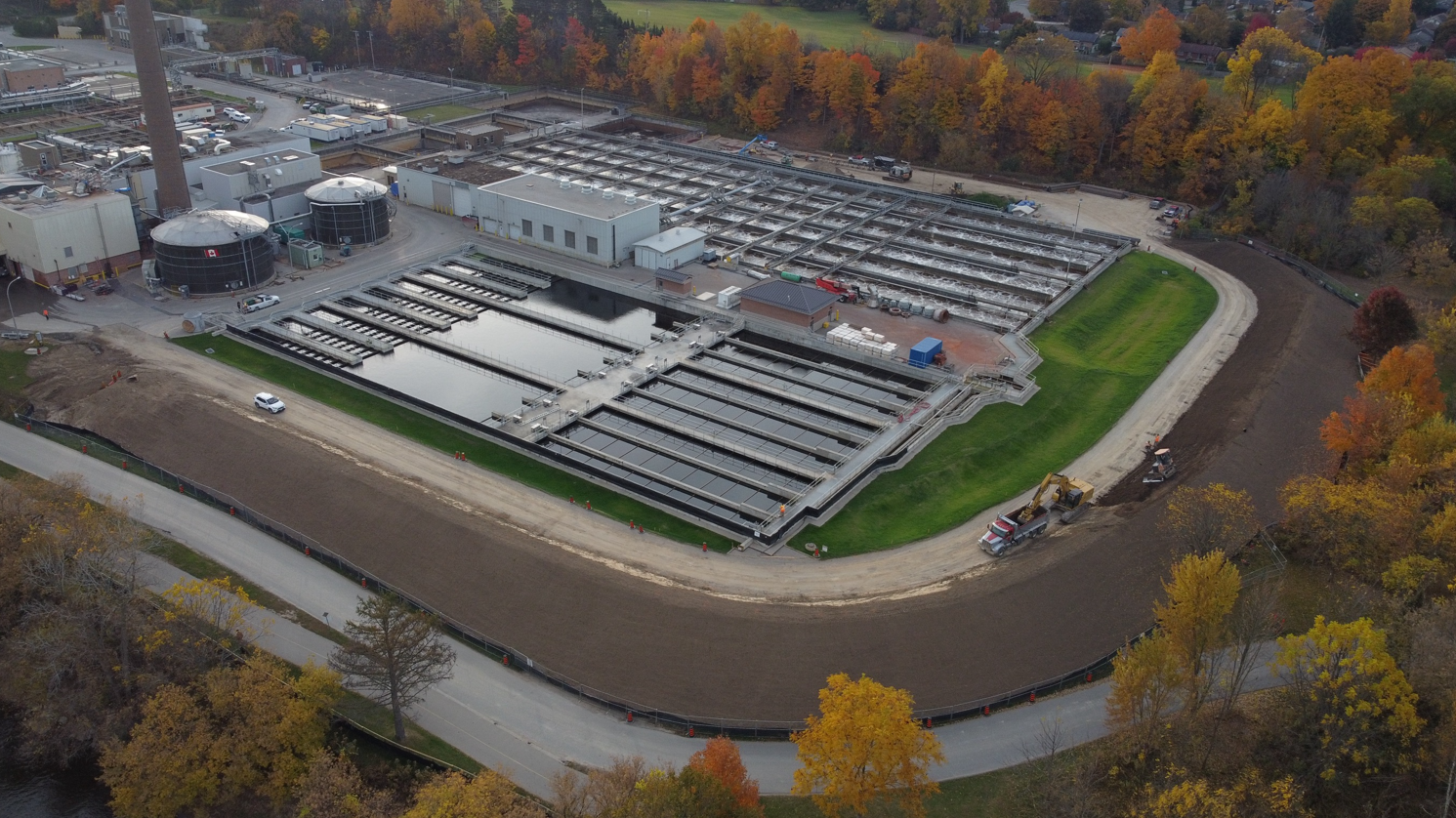About this project
In 2024 through until 2026, the City of London will be making improvements at the Greenway Wastewater Treatment Plant to improve flood protection and our resiliency to climate change. These improvements were identified through a Schedule B Municipal Class Environmental Assessment (EA).
The construction work will mainly consist of building an earth berm around the perimeter of the Greenway Wastewater Treatment Plant but will use walls in certain locations due to the nature of the terrain and footprint limitations.
This work will require a significant amount of large construction machinery (i.e., excavators, loaders, dump trucks and cranes). It will impact the surrounding areas and some city amenities will be disrupted.
Impacts:
- Trees: To complete the flood protection measures, 99 trees were removed around the Greenway Wastewater Treatment Plant, including 5 trees over 50cm at-breast-height. These will be replaced as part of the City’s tree replacement programs.
- Terry Fox Parkway: Extended closures of the Terry Fox Parkway are now complete. There may be one or two additional single day closures over the next year. Social media posts and road signs will be used to notify the public ahead of these short duration closures.
- Thames Valley Parkway (TVP): The Thames Valley Parkway remains open during construction. However, due to ongoing construction activities near the Greenway Wastewater Treatment Plant, there will be elevated noise levels in the area. We apologize for any inconvenience this may cause and appreciate your patience during this work.
- Greenway Off-leash Dog Park: The dog park will remain open throughout the construction project. However, during the nearby road closure, the dog park is only accessible by foot or bicycle via the Thames Valley Parkway.
Above: An image of the earth berms being constructed around Greenway Wastewater Treatment Plant (fall 2024)
Above: An image of the new walls being constructed around Greenway Wastewater Treatment Plant (winter 2025) Above: An image of the new walls around Greenway Wastewater Treatment Plant (summer 2025)
Above: An image of the new walls around Greenway Wastewater Treatment Plant (summer 2025)
Public update meeting
The City hosted a public update meeting on January 11 from 6:00 p.m. to 8:00 p.m at City Hall about the Greenway and Adelaide Wastewater Treatment Plant Flood Protection Projects. Residents were invited to attend and speak with the project team to learn more about the project, ask questions, and share comments. You can still contact the project team through this webpage to share comments or ask questions.






